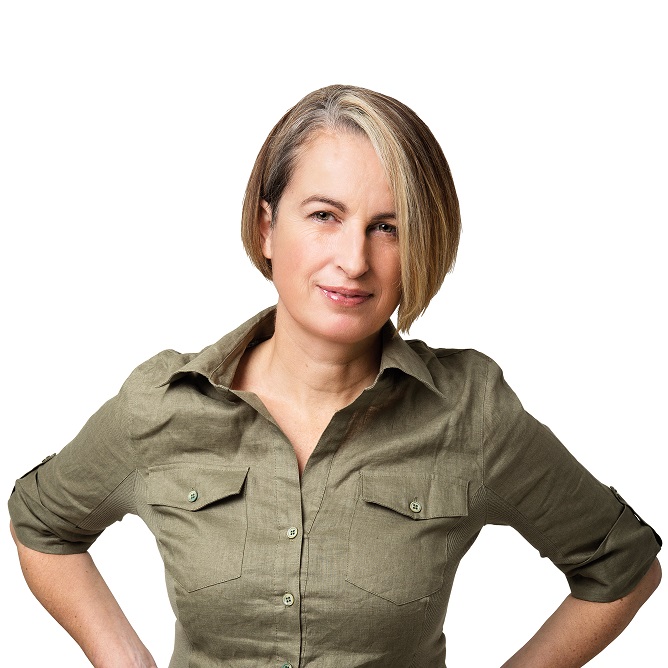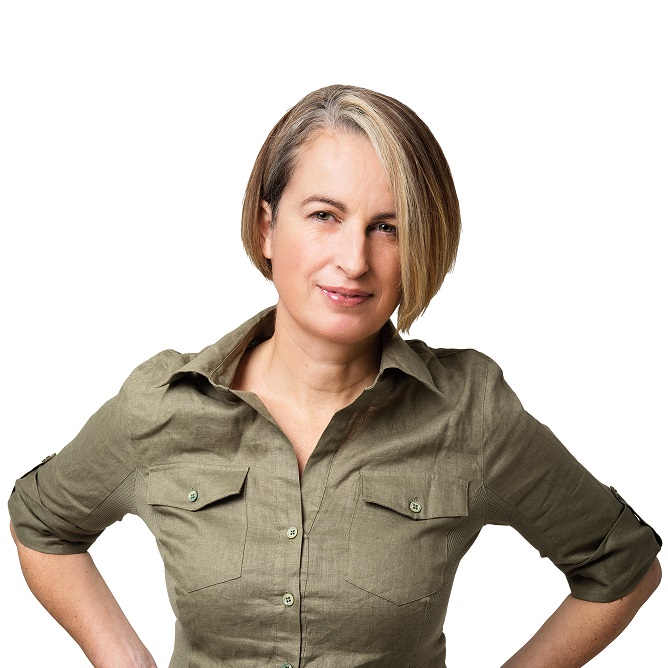 During the Foot and Mouth outbreak in 2001, I wrote an article about how agronomists in affected areas were coping with the restrictions on their movement from farm to farm. One of the ways they were keeping in touch with crops they couldn’t walk was by using their Smart phone, with growers sending in regular snapshots. It was cutting edge at the time.
During the Foot and Mouth outbreak in 2001, I wrote an article about how agronomists in affected areas were coping with the restrictions on their movement from farm to farm. One of the ways they were keeping in touch with crops they couldn’t walk was by using their Smart phone, with growers sending in regular snapshots. It was cutting edge at the time.
Sometimes it pays to reflect on what was possible just under twenty years ago. It puts into perspective what will undoubtedly be possible in the future. We’re currently in the infancy of many new technologies in agriculture – mechatronics, monitoring, diagnostics – the possibilities are incredible. But although roles may change on the farm, the grower and agronomist will never be replaced, well not in my lifetime!
While autonomous vehicles and robots seem to capture the imagination of many, I find the spore trapping innovations much more exciting and immediately relevant to farming today. Fungicide programmes really are stuck in the dark ages. We’ve been relying on advances in fungicide technology to keep making progress and little else.
Fungicides are a valuable resource that we need to learn to use more wisely but in order to tailor rates, timings and products to the true potential of disease developing we firstly need more information and secondly, we need to grow confident in the ‘new way’. That will take time, experience and thoroughly tested disease models that aren’t going to leave us in the lurch. Only then will the industry be able to move away from insurance spraying and find a better, more sustainable way of supporting crops to their maximum yield potential.
Monitoring the air for disease spores may be in its inception but it’s something that could revolutionise the way we farm. Imagine being able to test spores in the air for their sensitivity to azole and SDHI chemistry before a fungicide recommendation is made. Imagine how that would help resistance management. Currently we’re reacting to changes in the septoria population well after the event. Real-time monitoring would change this, even if there isn’t the scope to change the active ingredients we’re using, there’s an opportunity to dose appropriately. At the current time deciding the appropriate dose is a decision made relatively in the dark, based on nothing more than experience and disease pressure, with little knowledge of actual latent infection.
What’s even more exciting is this technology is already here, becoming commercially available next year. It’s interesting that there will be two rival systems but hopefully this will turn out to be a good thing, accelerate the process of finding the most robust disease models and some sort of collaboration will eventually happen, resulting in a broader network of spore traps across the country.
Speaking to Kieran Walsh about his involvement in the Hands Free Hectare, his view is very much that new technology in scouting and monitoring will help him manage his time better. It won’t mean he isn’t required to walk crops but will enable him to home-in on potential problem areas, taking some of the randomness out of the crop-walking process. When I was walking crops, even when making a conscious effort to take a different route, it was amazing how many times you’d find yourself retracing the same path as in previous visits. It means you miss things when scouting and it’s physically impossible to cover every inch of every field. But new technology makes this possible.
Keiran believes that while most of his time is taken up driving and inspecting the aerial parts of the crop, he’s missing 50% of the equation, ie what’s going on under the soil surface. If drone footage, live-sensing on machinery and other advances in technology can give the heads up when things are heading in the wrong direction above ground, then he can spend more time looking at the soil, trials, varieties, costs and the other factors that make a difference between farming profitably or not.
As hard as it sometimes is to envisage, we’re on the path to a new age in farming. When mobile phones first became pocket sized it was hard to imagine the capability they’d pack a couple of decades later. Exciting times for agriculture.
Based in Ludlow, Shrops, CPM technical editor Lucy de la Pasture has worked as an agronomist. @Lucy_delaP




